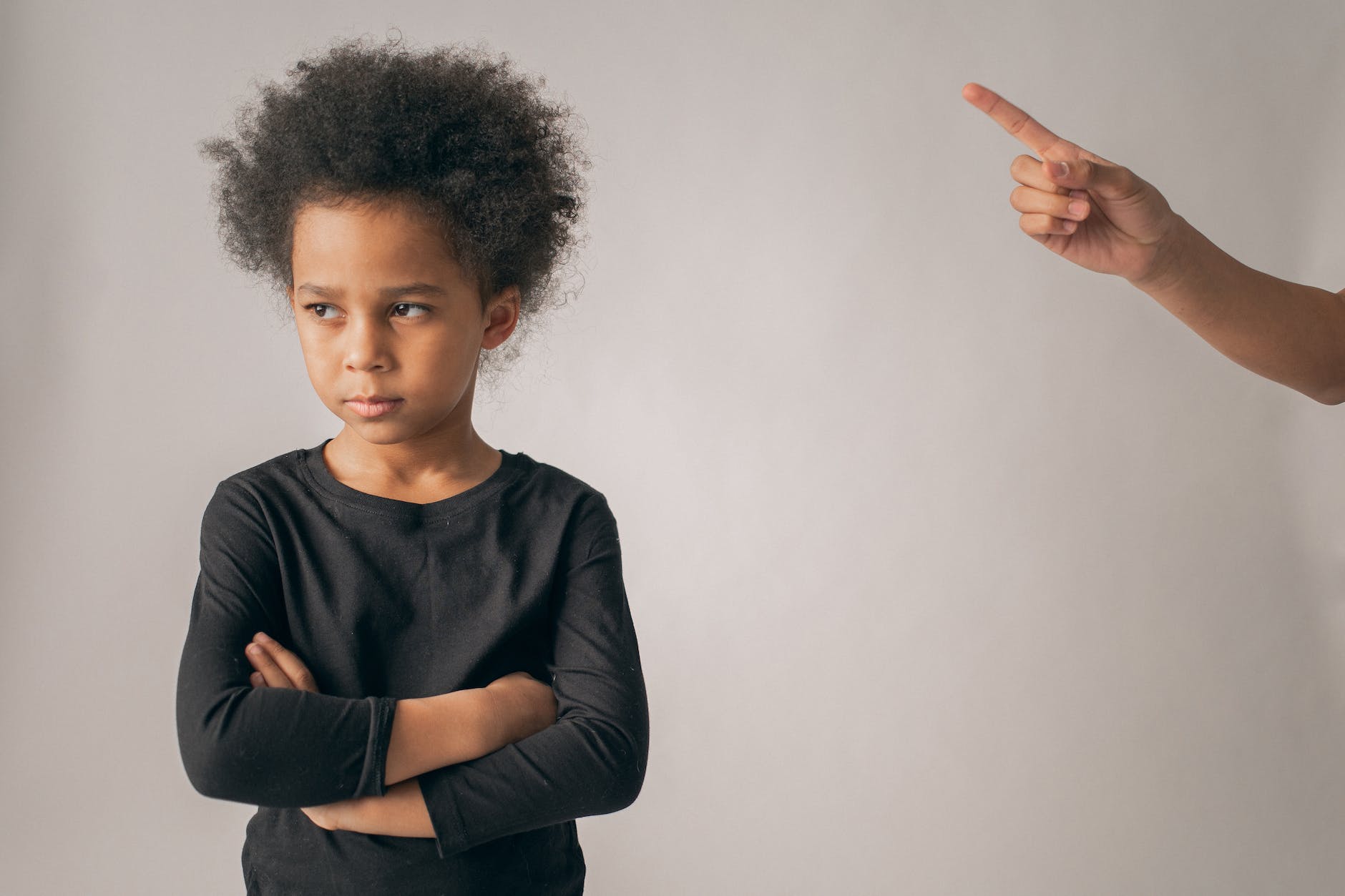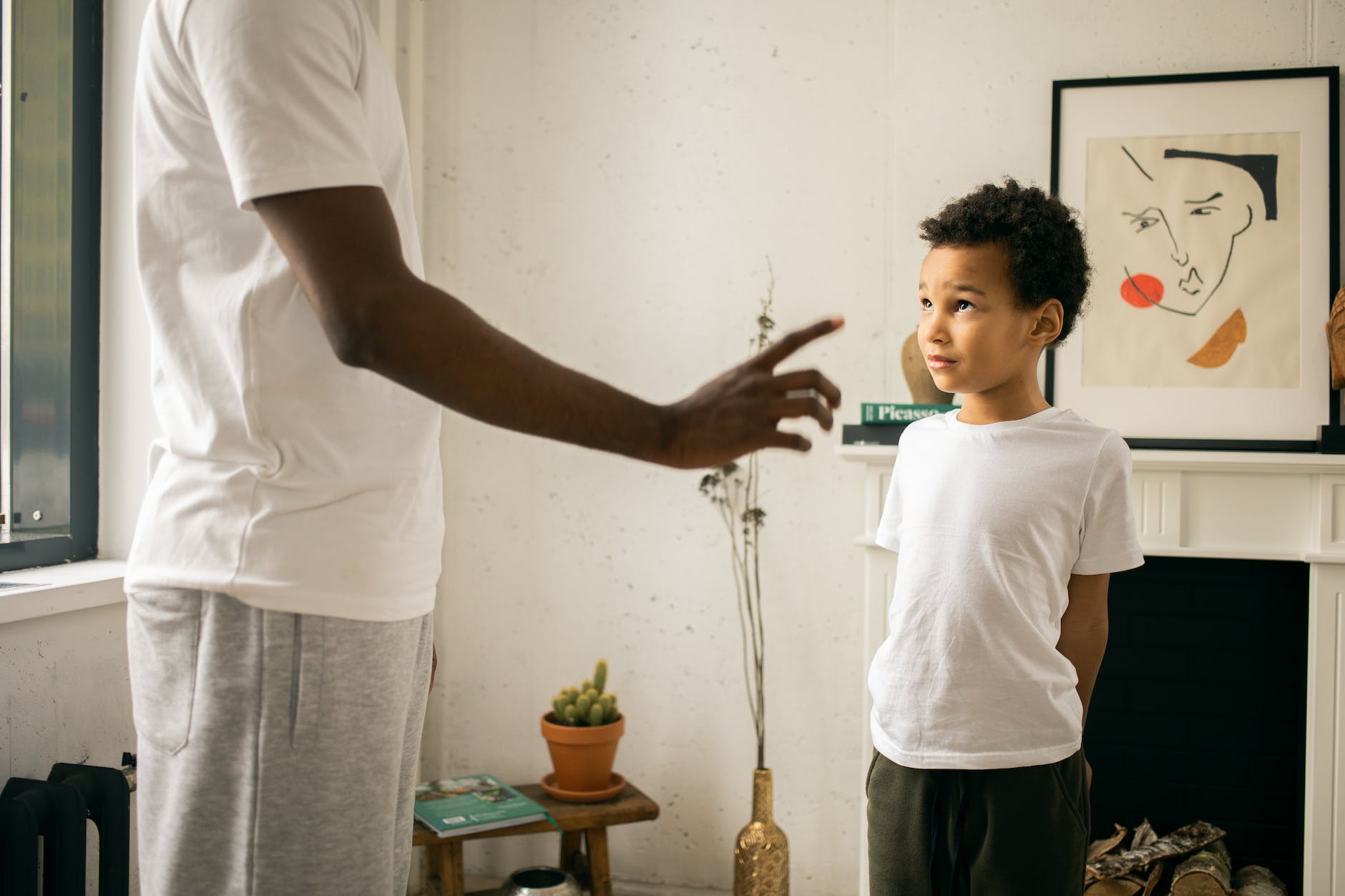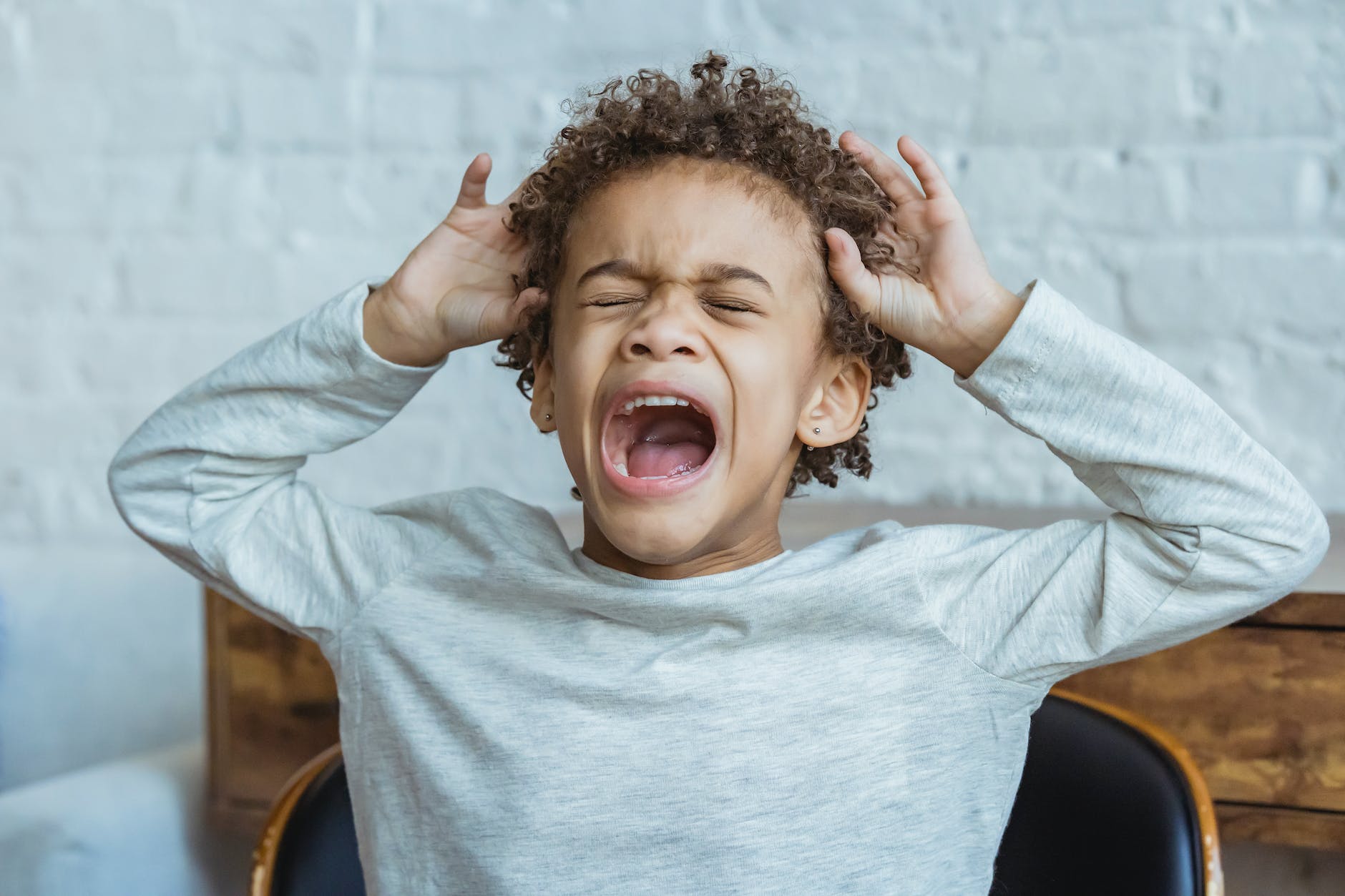Discipline is one of the few words you can relate to every parent anywhere in the world. Parents here and there have their ways of disciplining a child. As a new parent, I learned that there is no right answer to the question, “How to discipline a child that won’t listen?”
But is spanking effective at correcting a child’s behavior? Many believe the positive effects of being spanked as a child. Mainly because they grew up receiving punishments when they made mistakes.
But do you know that there are alternatives to punishment that are more effective? You might be surprised to find out that you can teach a child the right ways without timeouts and spanking.
Is punishment different from discipline?
What comes to your mind when you hear the word discipline? Is it punishment? Is it a timeout? Or is it taking away a privilege? Many believe if people say they discipline their children, it means they punish them.

Originating from the Latin word “disco,” discipline means to get to know something or someone. It does not equate to punishment but refers to the way a person learns a way of life. So how can you discipline your child without using the rod?
Is spanking effective?
If you grew up experiencing getting spanked when you commit mistakes, you would surely believe that it is the most effective way to discipline your children. But is spanking effective in correcting a child’s wrong behavior?
When you punish your children, it is an effective way of stopping them from doing the bad behavior. However, what happens is that they stop doing wrong due to the fear of getting punished.
Children, especially toddlers, have underdeveloped brains. They do not know to reason correctly. When they receive punishments, children tend to turn away from that person, causing them to set boundaries growing up.
You want to discipline your child because you want her to learn what is right. So as a parent, you might ask, “How can I teach my child without punishment?”
How to discipline a child without hitting?
Let’s face it. Tantrums are a part of toddlerhood. No matter what you do as a parent, your child will surely have a time when they would have emotional outbursts. A study showed that children between 18 to 60 months have tantrums at least once a day.
So do not be alarmed if your child yells and has unpleasant behaviors. Your child is probably doing her part being a toddler. And as parents, what you need to do is to show them that you are there whenever your child is having these big feelings.
Connect
Learning is not possible when your child’s feelings are in the way. The best way to help your child when they are feeling angry and frustrated is by connecting with her first. How do you connect? You can give her a big hug.

Science proves that touch can help make you feel calm. You will notice that when you hug your child, she becomes relaxed and stops crying. When your child is calm, that is your go signal to discipline her.
However, if your child does not want a hug during the tantrums period, do not force her. She might need time to calm down. Once she is ready, you can go to her and give her that bear hug.
Validate their feelings
The next thing you have to do after your child has calmed down is by validating her feelings.
Children have big feelings just like you do. There are times when you get angry, frustrated, and sad, and it happens to children too.
You can say “I see that you are angry about your friend for not lending you the book.” or “You look frustrated for not getting into that sports event that you like.” Validating their feelings means that you empathize with them and that you understand that they are going through a hard time.
When children feel that their grown-ups understand them, they feel better. Think about how you would feel if you were in their situation. Doing the same trick with adults also does wonders.
Correct
Now is the best time for you to discipline your child. Children learn best when their minds are clear. By reinforcing good behaviors when they are relaxed, children are more inclined to learn and apply what they learned moving forward.

You can now tell your child that “Food is not for throwing.” or “We should not hit our younger sibling when we are mad.” Disciplining your child this way, helps them understand what is right from wrong.
Reassure
After the storm, your child would need assurance that you still love her. Children want to know that their parents still love them even if they have tantrums. You can kiss and hug your child and tell her how much you care about her despite what had just happened.
Conclusion
No parent is perfect and not everyone handles tantrums easily every time. The best part of disciplining a child is that there is always room for improvement. And if you made a mistake yelling at your child, you can always work things out.
When you apologize to your child, they learn that it is okay to make mistakes. Your children will learn how to handle problems when they know that you are always there to support them when they fall.
As a parent myself, I also could not help but yell at my toddler sometimes. But it is moments like this that remind us that we are all human. I am proud to say that I am a work in progress, and it is a blessing to have my toddler by my side all the time. 🙂
Try it today and see if it works! Don’t forget to share this tip to your families and friends! 😉










4 thoughts on “5 Surprisingly Effective Ways on How to Discipline a Child Without Punishment”